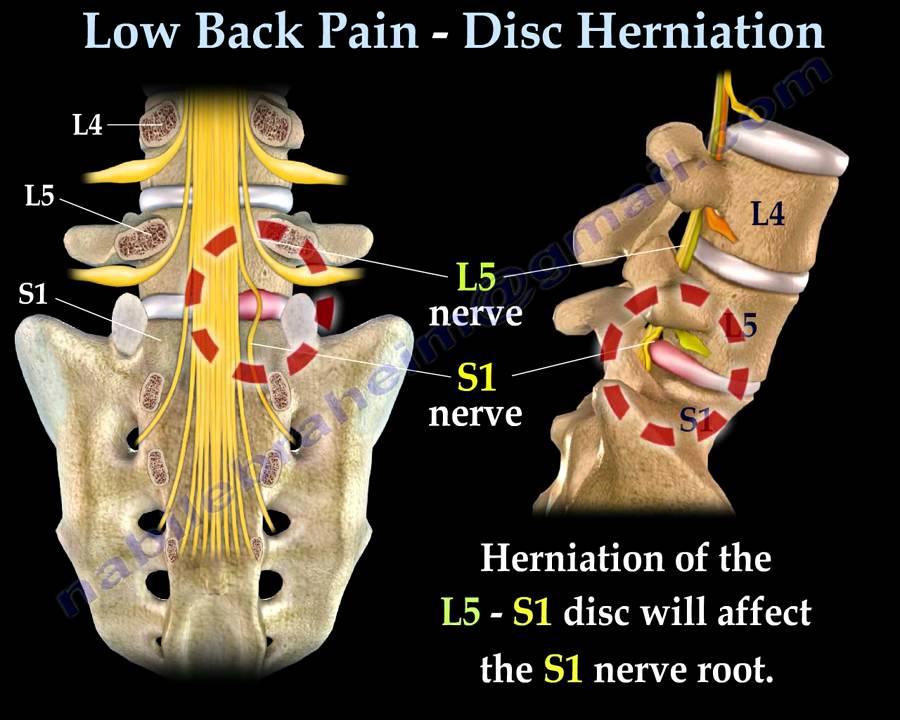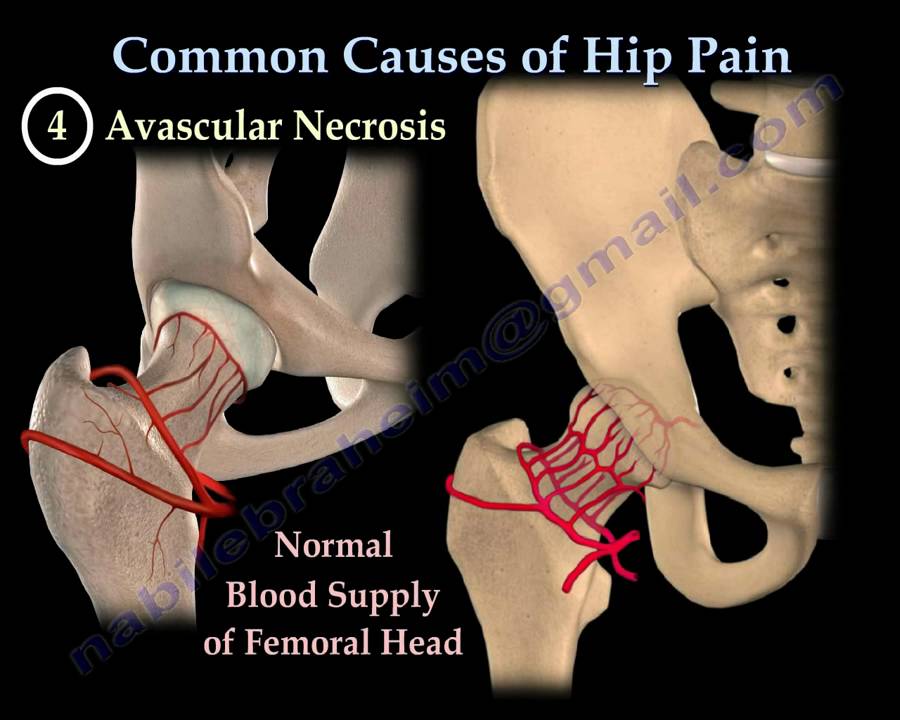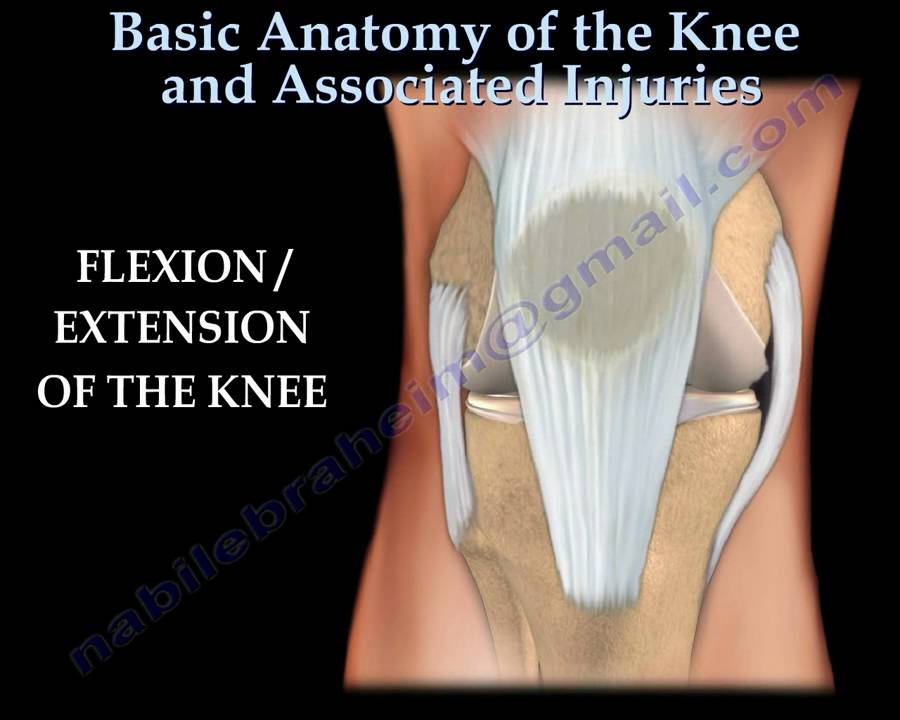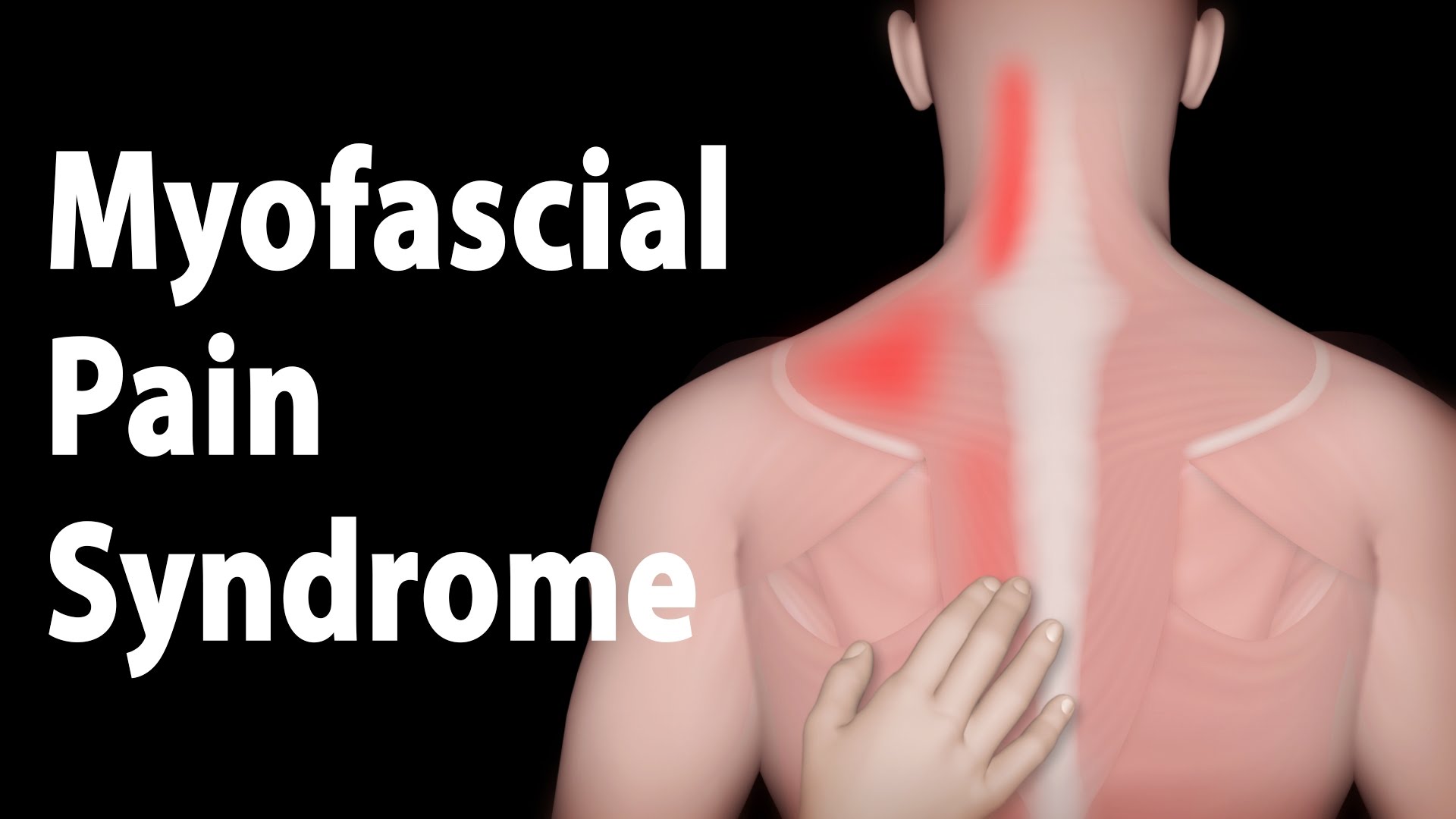This animation and many other pain management related videos/images (in HD) are available for instant download licensing here: https://www.alilamedicalmedia.com/-/galleries/images-videos-by-medical-specialties/pain-management-images-and-videos
Voice by Khoi Dao http://www.khoidaovoice.com/
©Alila Medical Media. All rights reserved.
Perfect for patient education.
All images/videos by Alila Medical Media are for information purposes ONLY and are NOT intended to replace professional medical advice, diagnosis or treatment. Always seek the advice of a qualified healthcare provider with any questions you may have regarding a medical condition.
Myofascial pain syndrome is a common chronic pain disorder that can affect various parts of the body. Myofascial pain syndrome is characterized by presence of hyperirritable spots located in skeletal muscle called trigger points. A trigger point can be felt as a band or a nodule of muscle with harder than normal consistency. Palpation of trigger points may elicit pain in a different area of the body. This is called referred pain. Referred pain makes diagnosis difficult as the pain mimics symptoms of more well-known common conditions. For example, trigger point related pain in the head and neck region may manifest as tension headache, temporomandibular joint pain, eye pain, or tinnitus.
Symptoms of myofascial pain syndrome include regional, persistent pain, commonly associated with limited range of motion of the affected muscle. The pain is most frequently found in the head, neck, shoulders, extremities, and lower back.
Trigger points are developed as a result of muscle injury. This can be acute trauma caused by sport injury, accident, or chronic muscle overuse brought by repetitive occupational activities, emotional stress or poor posture. A trigger point is composed of many contraction knots where individual muscle fibers contract and cannot relax. These fibers make the muscle shorter and constitute a taut band — a group of tense muscle fibers extending from the trigger point to muscle attachment. The sustained contraction of muscle sarcomeres compresses local blood supply, resulting in energy shortage of the area. This metabolic crisis activates pain receptors, generating a regional pain pattern that follows a specific nerve passage. The pain patterns are therefore consistent and are well documented for various muscles.
Treatment of myofascial pain syndrome aims to release trigger points and return the affected muscle to original length and strength. Common treatment options include:
– Manual therapy, such as massage, involves application of certain amount of pressure to release trigger points. The outcome of manual therapy strongly depends on the skill level of the therapist.
– The Spray and Stretch technique makes use of a vapor coolant to quickly decrease skin temperature while passively stretching the target muscle. A sudden drop in skin temperature provides a pain relief effect, allowing the muscle to fully stretch, and thus releasing the trigger points.
– Trigger point injections with saline, local anesthetics or steroids are well accepted as effective treatments for myofascial trigger points.
– Dry needling — insertion of a needle without injecting any solution – is reported to be as effective as injections.




